Frederica Freyberg:
I’m Frederica Freyberg. Tonight on “Here & Now,” Congresswoman Gwen Moore is here to talk about the 2020 Democratic Convention coming to her hometown of Milwaukee. After that, a closer look at Milwaukee and a new study about poverty rates in the city. Then, Wisconsin meltdown, a look ahead to the coming weekend and flooding risks around the state. And new progress at UW-Madison on the avian flu virus. It’s “Here & Now” for March 15.
Announcer:
Funding for “Here & Now” is provided, in part, by Friends of Wisconsin Public Television.
Frederica Freyberg:
The Democrats are coming, lots of them, to Milwaukee, because the city is the newly-selected site of the 2020 Democratic Party Convention. Milwaukee beat out Houston and Miami to become the host city. We begin tonight with a look at what this means economically and politically for Milwaukee, the home of 4th District Congresswoman Gwen Moore. She joins us from Washington at the headquarters of the Democratic Congressional Campaign Committee. Thanks for being here.
Gwen Moore:
Thanks for having me, Frederica.
Frederica Freyberg:
I know that you helped lead the effort to get the convention. What was your reaction when the decision was announced?
Gwen Moore:
I was over the moon. So happy. So exhausted. The anticipation and anxiety was so intense, Frederica, because we had very stiff competition from, as you mentioned, Miami and Houston, places with lots of venues, lots of hotels. But it made so much sense, because Milwaukee, of course, is ground zero for the struggles and values of the Democratic Party. As Chairman Tom Perez pointed out, Milwaukee was a choice because it really demonstrates our Democratic values. It’s a town of working-class people. It’s a state that helped start the union movement. People died, shed blood for working people. Some of the more progressive ideals that the Democratic Party stands for, like protecting social security, unemployment compensation, these are ideas that generated from Wisconsin. And so, you know, when you stop and think about it going full circle, Milwaukee was the only choice.
Frederica Freyberg:
What will it mean for Milwaukee economically?
Gwen Moore:
Well, you know, the convention in Philadelphia generated about $230 million in revenue. And we expect that that will happen in Wisconsin as well. We’re going to have so many venues available to us. We’re going to have Summerfest during that period of time. We have the Harley Museum, all of our breweries, numbers of riverboat cruises that could be done. And there will be meetings outside of the Fiserv Forum Center, outside of the arena, probably about 2,000 meetings that will happen outside of that arena. So there will be a lot of opportunity for restaurateurs, for hotels. But we’re going to also focus on our diversity and make sure that Native Americans, African-Americans, Hispanics, Asians, that we showcase not only our diverse population, but try to make sure that small businesses get an opportunity to participate in the $200 million economic impact of this convention.
Frederica Freyberg:
Logistically, I understand about 50,000 people are expected to descend on Milwaukee. Is the city up to that task?
Gwen Moore:
We are so up to it. Of course, it’s going to take a lot of cooperation and coordination. Again, it’ll will be opportunities for transportation services, to provide transportation from hotels that might be in nearby suburbs. We have taken the time to reserve every single room. If there are bed and breakfast facilities, we have some lovely ones in Milwaukee, some of our older mansions that will be there and be available for people. And we’re going to work very, very hard. But they would not have chosen us if we hadn’t met those thresholds. And I’m really, really proud of the fact that the Milwaukee business community stepped up to the plate. What we’ve learned since the bidding process is over with, that Milwaukee had the most solid commitment to finance this initiative than the other two cities. And we’ve still got to raise about $70 million, but our business community has really stepped up to the task.
Frederica Freyberg:
Now, I don’t have to tell you this, but Wisconsin will be the battle ground state in 2020. How will having the DNC Convention in Wisconsin, in Milwaukee, affect the politics of that election?
Gwen Moore:
You know, Frederica, it made so much sense to come back to the Midwest, from some of the people who felt that they were forgotten, not just by Republicans, but by Democrats as well. And, again, Wisconsin is home to small farmers. It’s a home to a city that is struggling to recover from what people have called the Rust Belt. We want to be able to showcase that we have come back and that we’re the fresh coast now. And I think this is an opportunity to really renew our commitment to bring in those delegates from the Midwest that are so often aggrieved by the technological advances that have been made and trade policies that have seemed to have left some people behind. And so the ability to showcase our trade unionist, worker, small farmer background is very precious to us.
Frederica Freyberg:
Did you ever speak to Hillary Clinton about why she wasn’t coming and didn’t come to Wisconsin during the 2016 general election?
Gwen Moore:
Well, you know, Frederica, I don’t think we should relitigate that. I think Hillary Clinton was a fantastic nominee. And, as we know, there are lots of different moving parts to why we lost that election, up to and including pronouncements that were made by the Justice Department right before the election and the interference with Russians. And I think that, you know, it just goes to show that you can’t take any state for granted. And while Wisconsin has, you know, produced the Democratic vote time and again, we have had a history of supporting– of being a purple state. And so I think this is a great opportunity for our nominee and our candidates to make sure that they don’t ignore Wisconsin. I remember Barack Obama, in both his campaigns, he was in Wisconsin within 24 hours of the November elections. And so that’s a lesson learned.
Frederica Freyberg:
All right. Congresswoman Gwen Moore, thanks very much.
Gwen Moore:
Thank you, Frederica. You take care. Happy St. Patrick’s Day, everybody.
Frederica Freyberg:
Thanks.
The economic infusion that the Democratic Convention coming to Milwaukee will afford is good news. For another look at the state’s largest city, we turn to a new study from the UW-Milwaukee Center for Economic Development. In tonight’s closer look, Professor Marc Levine details his new analysis of Milwaukee’s 53206 zip code, long looked at for representing concentrated poverty. Professor Levine joins us from Milwaukee. Thanks very much for doing so.
Marc Levine:
Thanks very much for having me.
Frederica Freyberg:
We gave a one-sentence, thumbnail of Milwaukee 53206. But what does it mean to be a neighborhood of cumulative disadvantages?
Marc Levine:
What is means is that there are multiple disadvantages piled on top of one another that are concentrated into this rather tight geographic space. You’ve got a broken labor market. You’ve got entrenched poverty. You’ve got plummeting incomes. You’ve got a swath of vacant housing and high rent burdens and high eviction rates. You’ve got low earnings. You’ve got mass incarceration. You’ve got the whole tangle of urban ills concentrated in this neighborhood and that, as we document in the study, creates not only immediate kind of problems when we do a snapshot of what’s going on there, but long-term problems in terms of the ability of people living in the neighborhood to achieve the American dream of economic opportunity.
Frederica Freyberg:
Now, your new study reports that 50% of working age adults are employed. In this day of nearly full employment, that seems to continue to be dismal, but better than at the height of the recession?
Marc Levine:
Yeah. It is better. The rate had actually fallen to just a little over 36% at the worst of the recession. So it’s up to nearly 50%, and one of the striking findings was that that’s for all working age adults. But among what we call prime age adults, that is prime working age between the ages of 25 and 54, when one would expect, absent some debilitation, that individuals would be able to get into the labor market, especially, as you point out, in a tight labor market like we have now, only 50% of those prime age adults are working. So it’s a labor market that has improved. There has been some modest trickle-down from the overall recovery and the tightening of the regional labor market here in Milwaukee, but not nearly enough. I think another point I would add to that is that it’s not only a low employment rate, but a fair percentage of those who are working are working at poverty level wages. So it’s not good jobs that are being created and that’s a problem.
Frederica Freyberg:
You call your finding that 34% of males in 53206 are not even in the labor force astonishing. How so?
Marc Levine:
Well, it’s astonishing that you would have 34% of the prime age group, again 25 to 54, when individuals are general out of school. They’re generally ready to be in the labor market, and that 34% are not only unemployed, losing their jobs as they’re looking for jobs, but 34% are completely out of the labor market. They’re discouraged. They’re, for whatever reason, not even counted, really, in the unemployment statistics. And that’s risen dramatically even over the last 20 years. But if we go back to the 1970s, you had a very small fraction of the 25 to 54-year-old group and you had a very small fraction of the total working age population that were not in the labor force. So that’s a big problem.
Frederica Freyberg:
How does the neighborhood’s median income of $18,500 roughly compare?
Marc Levine:
Well, it compares really poorly to the rest of the metro area. It’s about one-third of the median income in the suburbs and it’s well less than half of the median income of the city of Milwaukee as a whole. So we’re talking about a really sizable level of inequality and it really is an issue of racial inequality because 53206 is 95% African-American. Suburbs such as the Waukesha suburbs that we did some comparisons to 53206 have virtually no African-American population to speak of.
Frederica Freyberg:
What does the 42% poverty rate tell us?
Marc Levine:
Tells us that four out of ten households, four out of ten persons in 53206, live below the poverty line. 55% of children living in 53206 live below the poverty line. Sociologists generally call any neighborhood that has above 40% poverty a “concentrated poverty neighborhood,” a neighborhood in which even those who are not poor who are living in that neighborhood experience the effects of poverty. The degree to which poverty limits opportunity in that neighborhood. So that 42% rate, which is a little bit better than the depths of the recession but still not much better than we saw in the year 2000 really indicates the degree to which there is distress in this neighborhood and the degree to which we need to improve things.
Frederica Freyberg:
I want to get to this. Another finding you made was that designating this zip code has having the nation’s highest black incarceration rate is simply hyperbole, because it’s not. Describe that.
Marc Levine:
Well, there really are no comparisons nationally of zip codes on the basis of incarceration. So saying this is the most incarcerated is based on no research comparing other zip codes. There is some limited research that we’ve been able to pull together from some very interesting databases which obviously in this short period I can’t really go into, but those show that if we look at the census tract level, that while the incarceration rate is abysmal in 53206, in the various census tracts ranging from 10% to 34% in the worst, there are, of that worst census tract, around 250 census tracts around the country that have a higher incarceration rate. So it’s important not to exaggerate. It’s important not to engage in hyperbole here but it’s also important to recognize that even if we debunk the hyperbole, the issue of mass incarceration is an integral part of what I call the ecosystem of disadvantage in 53206.
Frederica Freyberg:
Yes indeed. More to talk about on this. Professor Marc Levine, thanks very much.
Marc Levine:
Thank you very much. Appreciate it.
Frederica Freyberg:
It’s been one heck of a winter. Polar vortex, snow, rain, melting snow. It all adds up to flooding across Wisconsin. In tonight’s inside look, we check in with Andrew Mangham, hydrologist with NOAA’s Northcentral River Forecast Center. He joins us from Chanhassen, Minnesota and thanks very much for doing so.
Andrew Mangham:
Happy to be here.
Frederica Freyberg:
You know, we are seeing images right now from across Wisconsin of flooding and it looks like pretty significant flooding. After rain and snow this week, what is the flooding situation across Wisconsin?
Andrew Mangham:
Well, currently the flooding situation is rapidly developing. You know, you said it best when you said polar vortex, snow, rain on snow. We’ve got pretty elevated chances of significant flooding across the entire state because of the conditions on the ground. What we’re seeing right now is just the beginning of that. This rainstorm that passed over has brought down a lot of the snowpack. So you go outside, you see a lot of the snow has come down. However, that water is only just now starting to make it into the rivers all over the place. What we’re seeing instead is ice jamming and flooding from ice jams, where ice piles up into a big ice dam and causes a backup of water all over the place. So you will get flooding in a lot of unexpected areas and flooding that’s very difficult to forecast.
Frederica Freyberg:
How is this year different than others?
Andrew Mangham:
This year is different than others in that we just have an historic level of snow. In many places, February blew out the record for snow that fell in February. We also went into the winter with the rivers at fairly elevated levels in terms of flow and the soil is very, very wet. So what makes this year different, it’s not any one factor. It’s the fact that we have a combination of all of these factors that makes this year a little bit different and leads us to a situation where we have the potential for some very significant flooding.
Frederica Freyberg:
Does this year look like historic flooding? I mean is it that different?
Andrew Mangham:
There certainly could be some historic floods. Now, that is a misleading title sometimes. There could be historic floods in places where we have gauges there for a very long time and that’s a very serious situation. There’s an elevated chance of flooding at those kind of spots. There can also be historic floods in places where the gauges are very new and we don’t have a very long record. Just today we issued several forecasts along those lines, that are record floods not necessarily in Wisconsin yet, but around other parts of our area. They’re record floods, but the gauges are so new that the records aren’t quite as serious as some people might think. However, we are headed toward some record flooding in Ozaukee County, getting very close to that right around Cedarburg, because of ice jamming.
Frederica Freyberg:
We did extensive coverage of the flooding in Sauk County last year due to the Baraboo River overtopping its banks. What is the status of that area right now? Those people are still trying to recover from last year.
Andrew Mangham:
Absolutely. That river, we’re starting to see the runoff develop into actual flooding into that river. So far it doesn’t look like — because the rain was not as heavy as we thought it might be coming into this storm, so far we’re not headed towards major flooding. But certainly we could reach what we call moderate flooding, where county roads and things like that will be difficult to access and any homes close to the river might be impacted. For people that are living in that area, I would absolutely recommend contacting the weather forecast office, either in La Crosse or Milwaukee to ask about what kind of impacts they could expect and check what the forecast looks like. We are monitoring that river very, very closely. In fact, I am monitoring.
Frederica Freyberg:
You spoke of Ozaukee County. What are other critical spots?
Andrew Mangham:
Let’s see. I would say that a lot of the critical spots are happening in the Kickapoo area over in southwest Wisconsin. Certainly Sauk County with the Baraboo River is critical. All along the Wisconsin River heading up into Rhinelander. That snow has yet to fully develop into flooding so that’s kind of waiting in the wings. Northeastern Wisconsin we’re getting a lot of ice jamming, so up and down the Milwaukee River, all the way down to Milwaukee. So it’s a little hard to say there’s one spot in the state that is bad. It would be probably more accurate to say that there are many spots in the state that are at risk at least of some significant flooding.
Frederica Freyberg:
With about a minute left, given the snowpack and the frozen ground and these ice jams, how long could this go into the spring?
Andrew Mangham:
I would say at least another month of looking at this, of elevated chances. And then we should be able to get rid of much of the snowpack. I would say a month to six weeks, we’ll have everything flushed out, just in time for the big summer storms to come in. We’re hoping that what we get is a nice, maple syrup spring, where we get slightly warm days and cold nights that can bleed off the snowpack slowly. But we’ll see.
Frederica Freyberg:
All right. We will see. Andrew Mangham from NOAA, thank you very much.
Andrew Mangham:
Thank you.
Frederica Freyberg:
UW-Madison’s renowned professor and virologist whose life work involves avian flu just got the green light to proceed with his controversial research. That research had been shut down five years ago over concerns an accident at his lab could cause a deadly human pandemic. In tonight’s WisContext, reporter Will Cushman talks with us about what this is all about. Thanks for being here.
Will Cushman:
Thanks for having me.
Frederica Freyberg:
So I read your article and you really stepped into a hornet’s nest with this one.
Will Cushman:
Yeah. I think that’s safe to say.
Frederica Freyberg:
What is the status, though, of Yoshihiro Kawaoka’s research on campus right now?
Will Cushman:
So Science Magazine broke the story that the research was greenlighted again and allowed to resume back in the beginning of February. At that time, the reporter said that she had heard that Dr. Kawaoka would be beginning the research again in a few weeks. I haven’t been able to confirm whether or not it has resumed, but I think it’s safe to say that if it hasn’t yet, it will soon.
Frederica Freyberg:
What is the aim of his research?
Will Cushman:
Sure, so his aim is essentially to understand how a wild sub type of influenza, in this case the H5N1 bird flu, which is not currently contagious between humans, but is quite dangerous to humans when they do catch it from birds, about 60% of humans do die when they get it, but how a wild virus like that could become contagious in humans, among humans. He did that in 2011 by altering the H5N1 sub type and he determined that four genetic mutations allowed the bird flu to become contagious among ferrets.
Frederica Freyberg:
So this is kind of the crux of the controversy and other scientists are saying this is super risky. What are they saying?
Will Cushman:
Right. I spoke to a pretty prominent critic of Dr. Kawaoka’s work, Dr. Marc Lipsitch. He’s at Harvard. He’s an infectious disease researcher. He and some of his colleagues worry that by altering a sub type of flu that is not currently contagious but dangerous to humans to potentially be contagious among mammals, in this case, ferrets, which are a common stand-in for humans transmission in labs, that a lab accident at Dr. Kawaoka’s lab could precipitate a potential health emergency with global ramifications because there is no immunity in the population to the sub type.
Frederica Freyberg:
But meanwhile, it’s been five years since there was a moratorium on the funding for this kind of research. Presumably, all of these kinds of risks have been vetted.
Will Cushman:
Right. So this moratorium was put in place by the federal government in 2014 after a series of pretty high profile lab accidents at federal labs throughout the country, I should say unrelated to Dr. Kawaoka’s lab, highlighted the risk of working with some of the world’s deadliest pathogens including influenza strains. So the moratorium was put in place and during that the federal government hosted several symposiums. And National Academy of Sciences, Engineering and Medicine hosted two symposiums where the risks and benefits were debated in public among scientists. A 1,000-page report, risk/benefit analysis was produced through all this work as well as an ethical analysis of the work. In the end, the federal government did decide that the potential benefits to global public health outweighed the potential risk of this research.
Frederica Freyberg:
In terms of the risks of a lab accident, what kind of biosafety protocols does a UW-Madison scientist’s lab have to maintain?
Will Cushman:
Right, I spoke to a UW-Madison official who is in charge of biosecurity at UW-Madison. She spoke on behalf of Dr. Kawaoka’s lab. She described a really, really stringent biosecurity protocol at the lab. She described kind of like an onion, layers and layers of safety procedures that kind of help mitigate the risk. Everything from the lab workers are vetted by the FBI. They have to be decontaminated. Anything that enters the lab has to be decontaminated. Lab workers have to wear intense Tyvek suits, special booties, multiple gloves. They have to use an air-purifying respirator. Local fire departments have been instructed that if there’s a fire at the lab to just let it burn. If a lab worker has a medical emergency while in the lab, they have to first be decontaminated by another qualified lab staff before they can receive medical attention.
Frederica Freyberg:
Wow, that is fascinating. Very briefly, how big of a deal is his research deemed to be globally?
Will Cushman:
I think quite a big deal. As far as I know, there’s one another group that’s doing similar research. So depending on what comes of this research, it has the potential to really affect public health on a global scale.
Frederica Freyberg:
All right. Thanks very much.
Will Cushman:
Thank you.
Frederica Freyberg:
We go now to an update on immigration arrests in Wisconsin. Documents released Monday by Representative Mark Pocan shed new light on 81 Wisconsin arrests ICE made last September. Over a three-day period, Immigration and Customs Enforcement out of Milwaukee detained people across the state. Pocan says ICE originally maintained it was targeting only law violators in the raids. ICE itself says about 20% of the detainees had no criminal history.
Mark Pocan:
But it is relevant that so many people don’t have a criminal history and were not on a list of 250 people that we were told that they were trying to apprehend.
Frederica Freyberg:
The documents Pocan released stem from a Freedom of Information Act request the Congressman filed in October. He says he may use his role on the House Appropriations Committee to get more information from ICE.
Next Tuesday afternoon, Representative Pocan and Green Bay Representative Mike Gallagher will address a town hall gathering in Appleton. The topic? Shared values in these polarized political times. Wisconsin Public Television will live stream the event at 3:00 pm next Tuesday, March 19. Then next Friday we’ll have my interview with the Congressmen. I’m Frederica Freyberg. Have a great weekend.
Announcer:
Funding for “Here & Now” is provided, in part, by Friends of Wisconsin Public Television.
Search Episodes

Donate to sign up. Activate and sign in to Passport. It's that easy to help PBS Wisconsin serve your community through media that educates, inspires, and entertains.
Make your membership gift today
Only for new users: Activate Passport using your code or email address
Already a member?
Look up my account
Need some help? Go to FAQ or visit PBS Passport Help
Need help accessing PBS Wisconsin anywhere?

Online Access | Platform & Device Access | Cable or Satellite Access | Over-The-Air Access
Visit Access Guide
Need help accessing PBS Wisconsin anywhere?

Visit Our
Live TV Access Guide
Online AccessPlatform & Device Access
Cable or Satellite Access
Over-The-Air Access
Visit Access Guide
 Passport
Passport


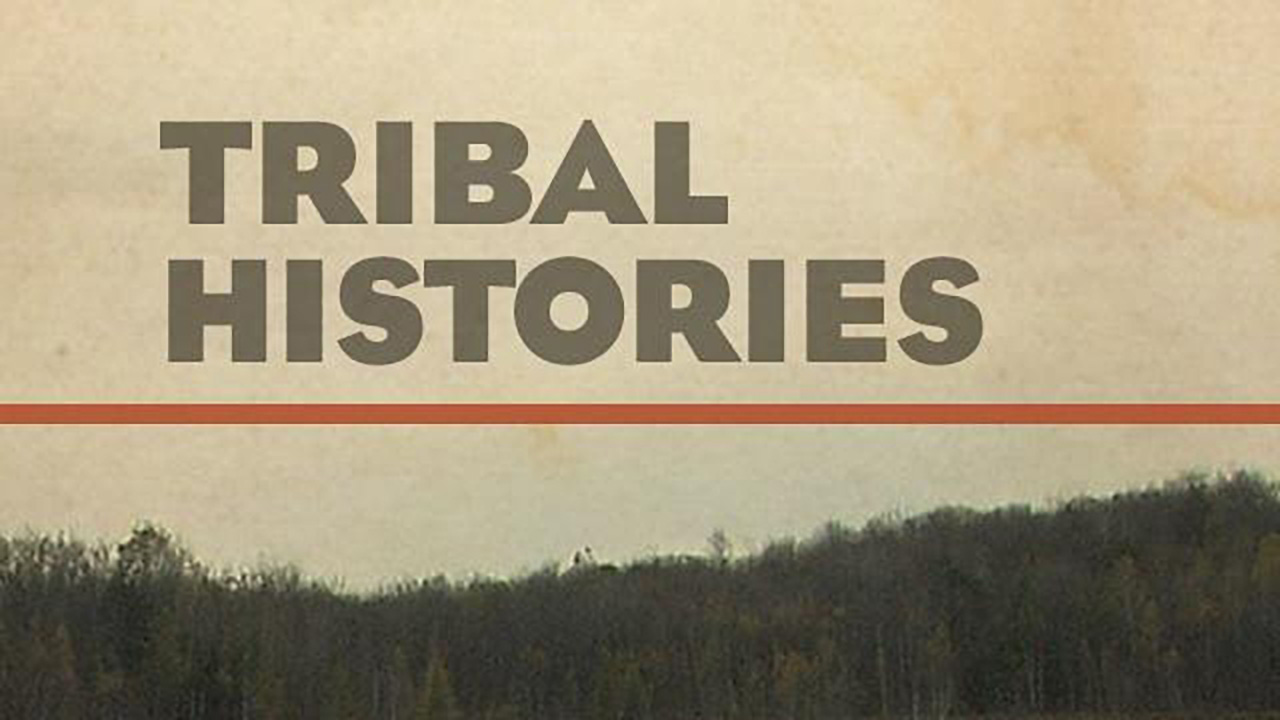
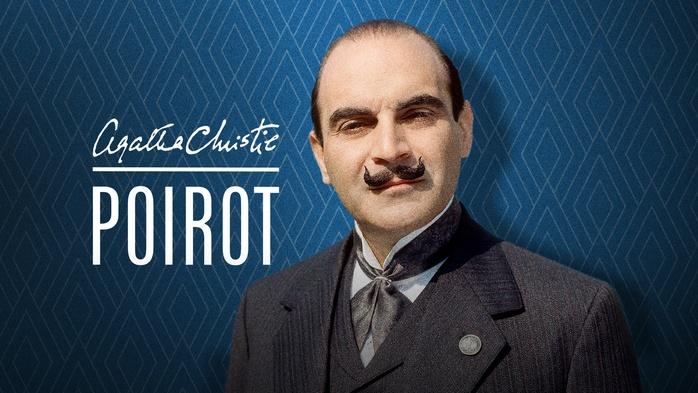


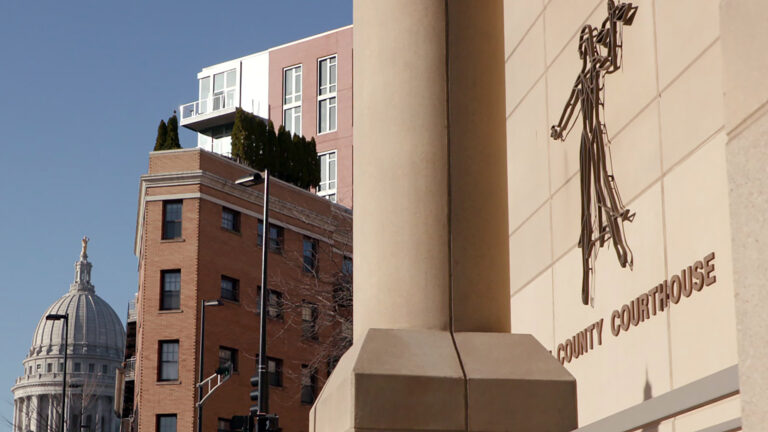

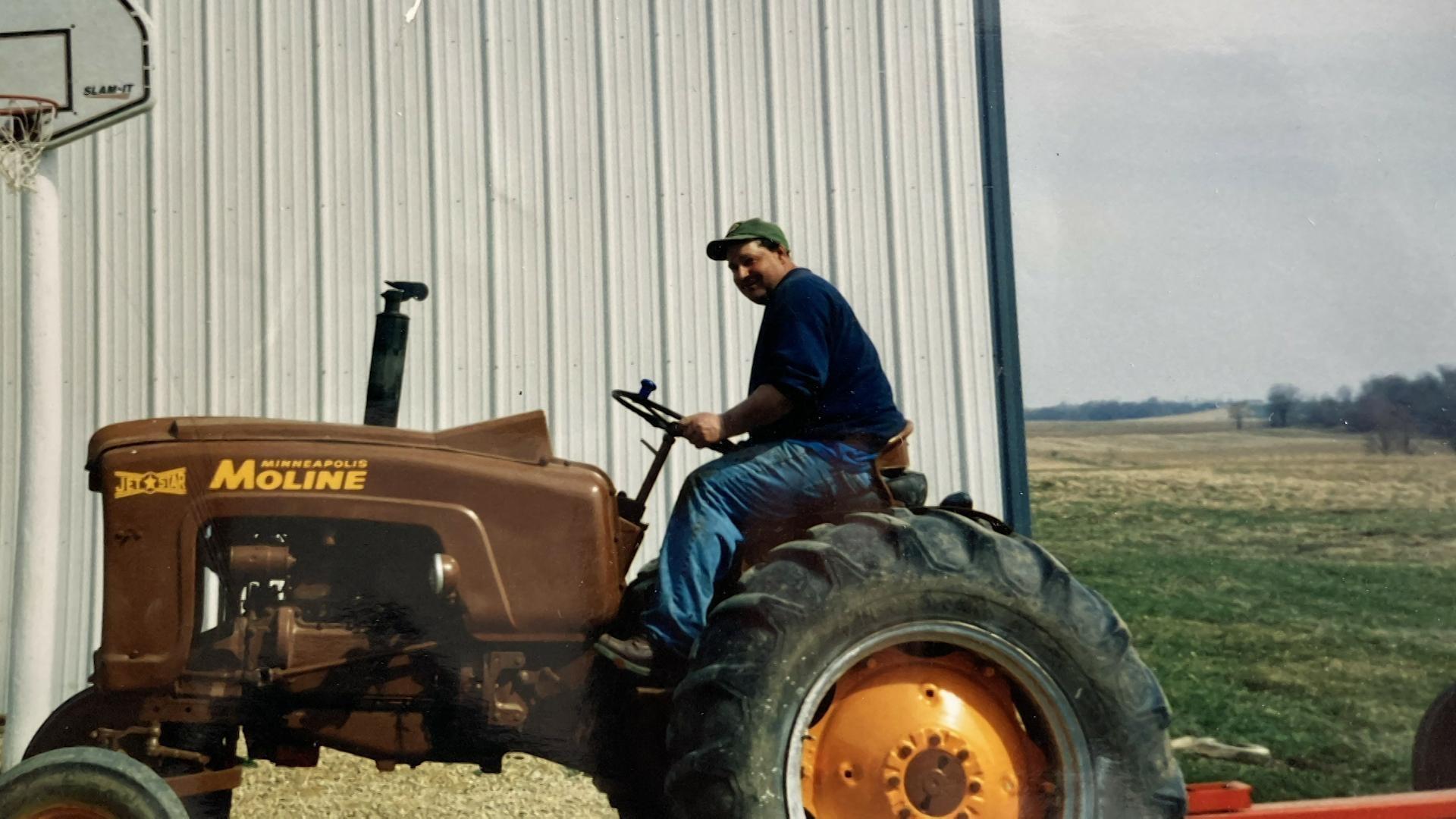
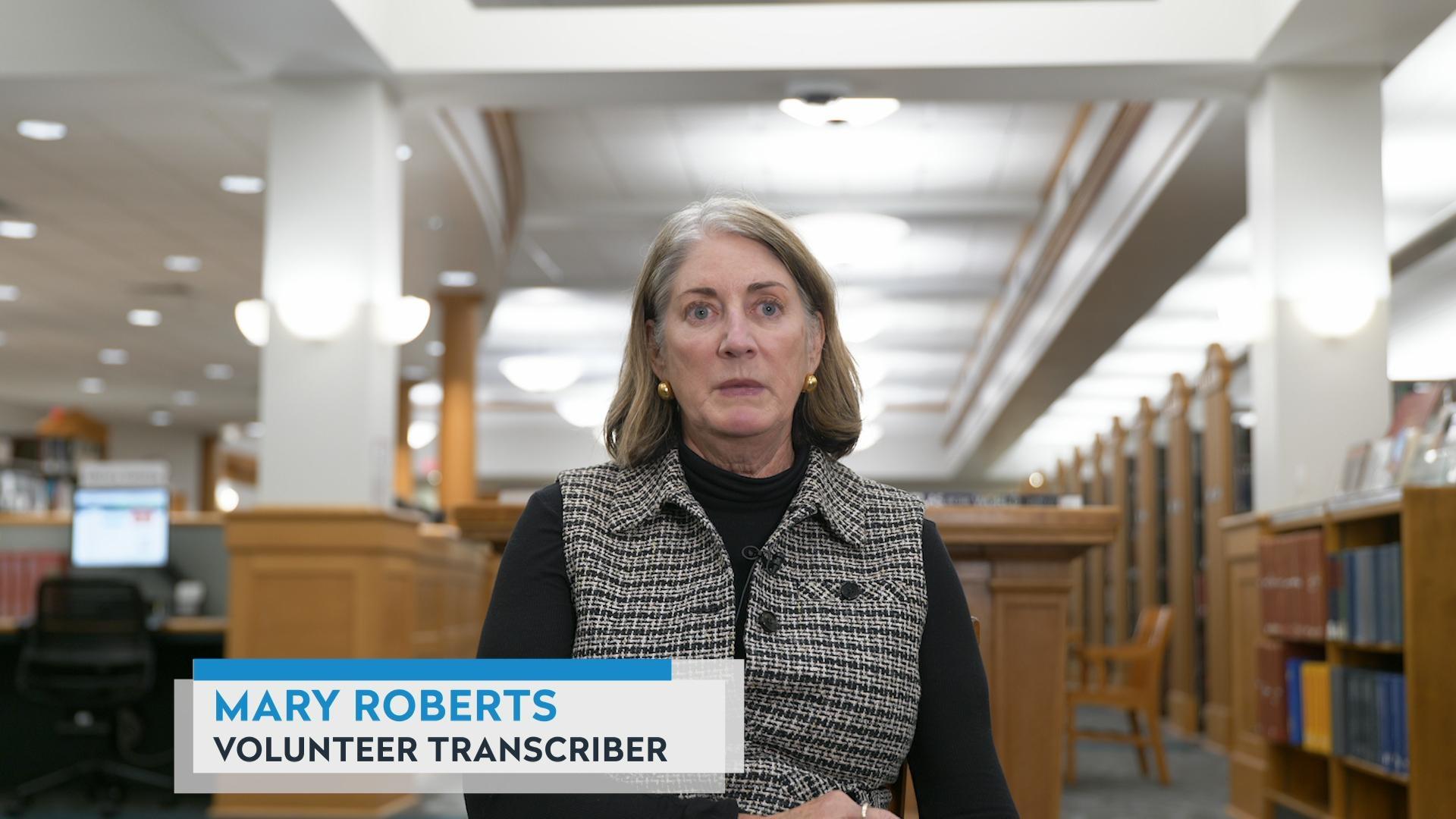

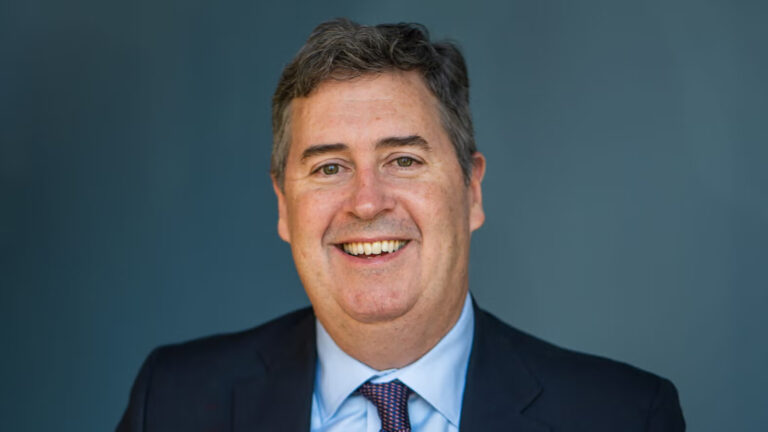
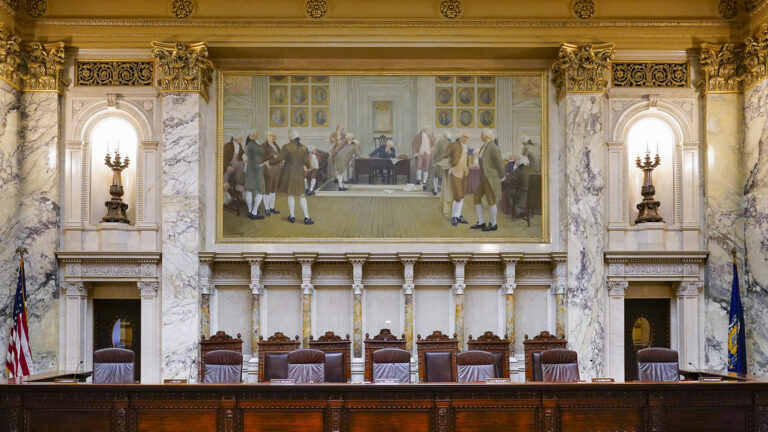
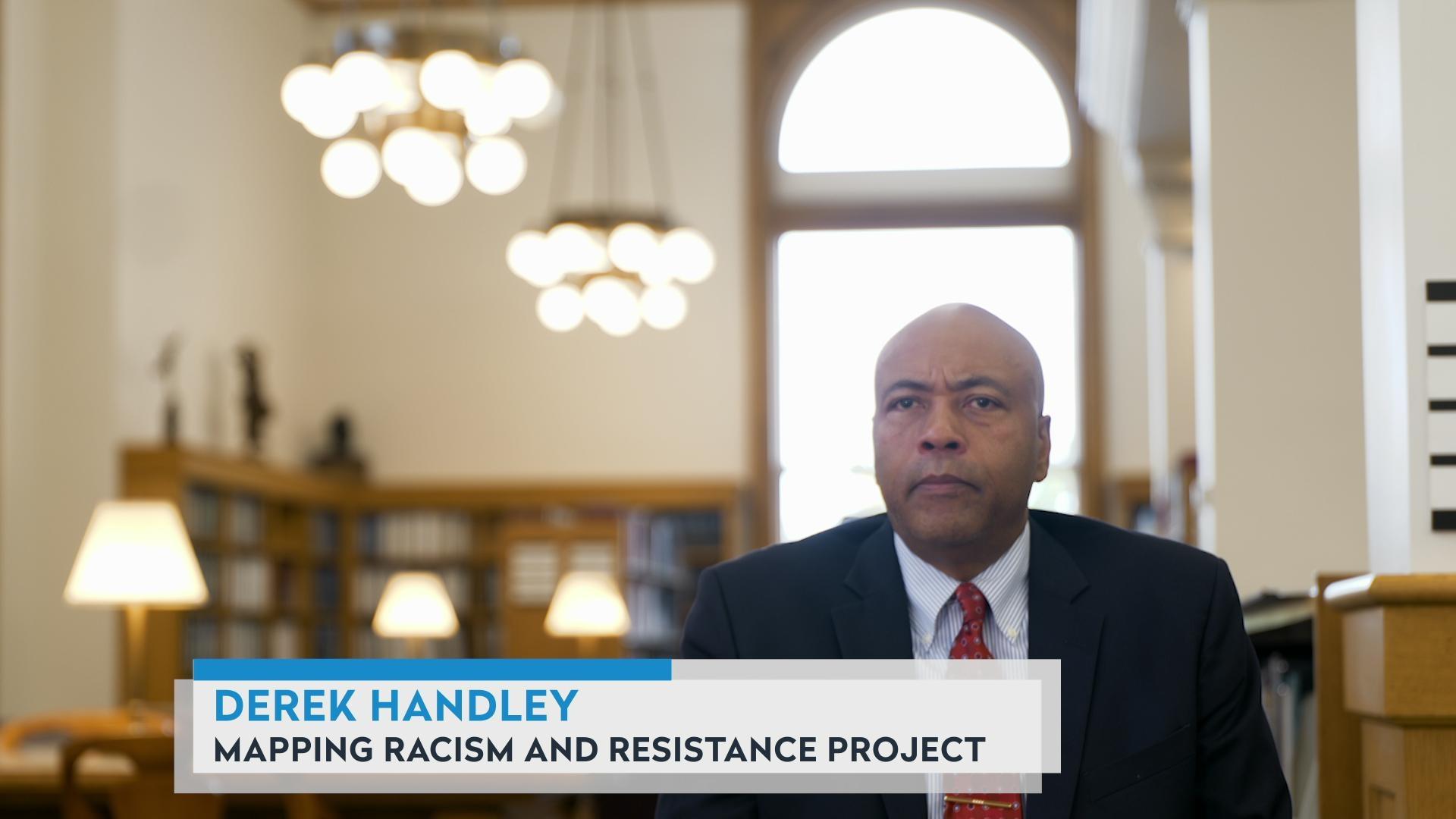
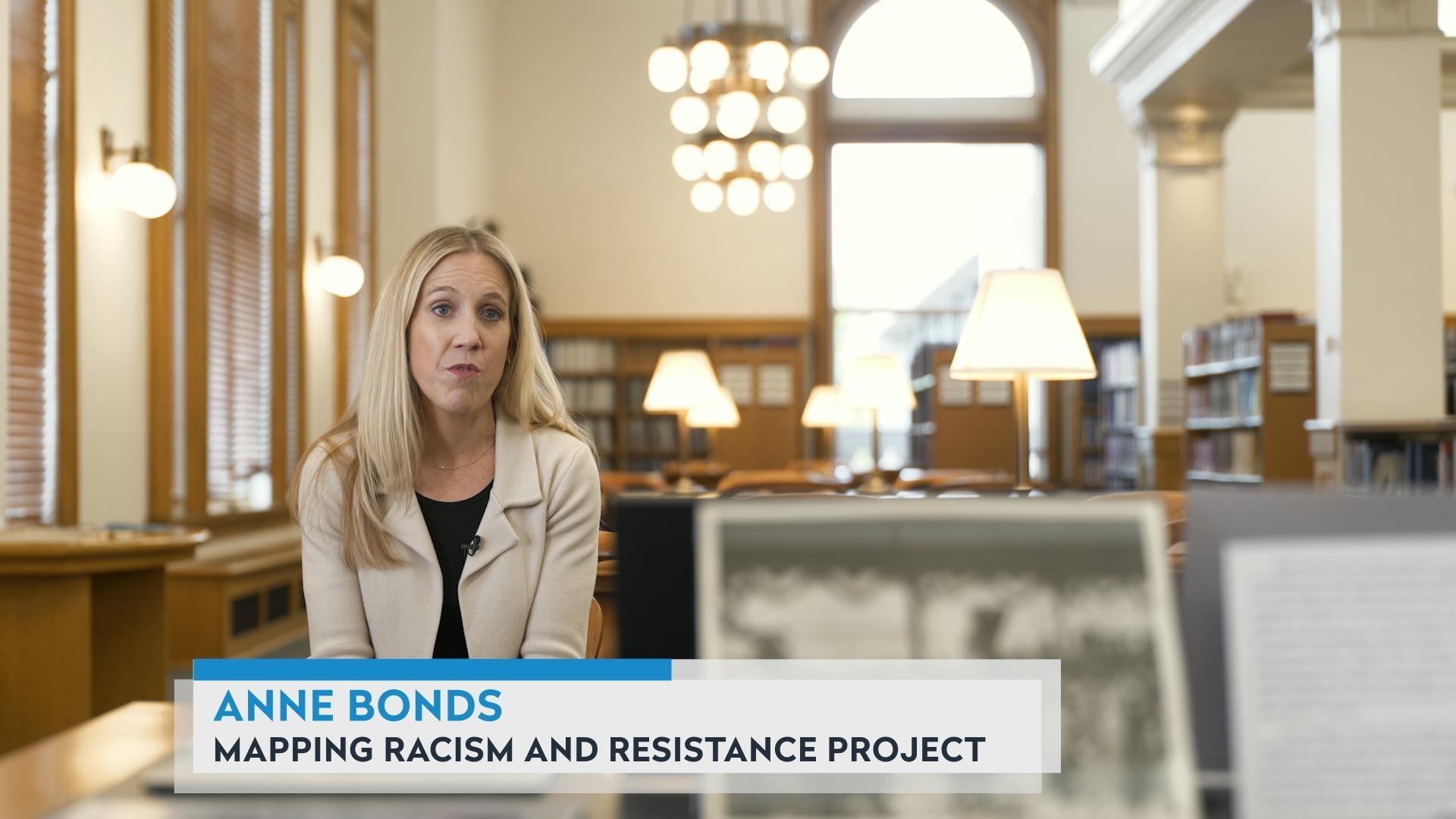

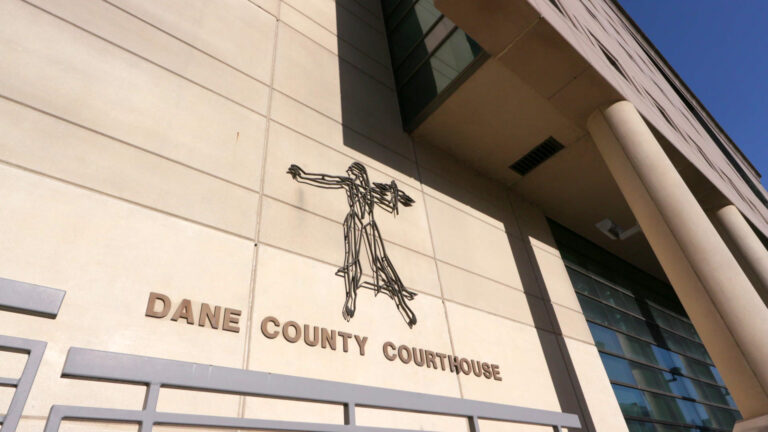

Follow Us